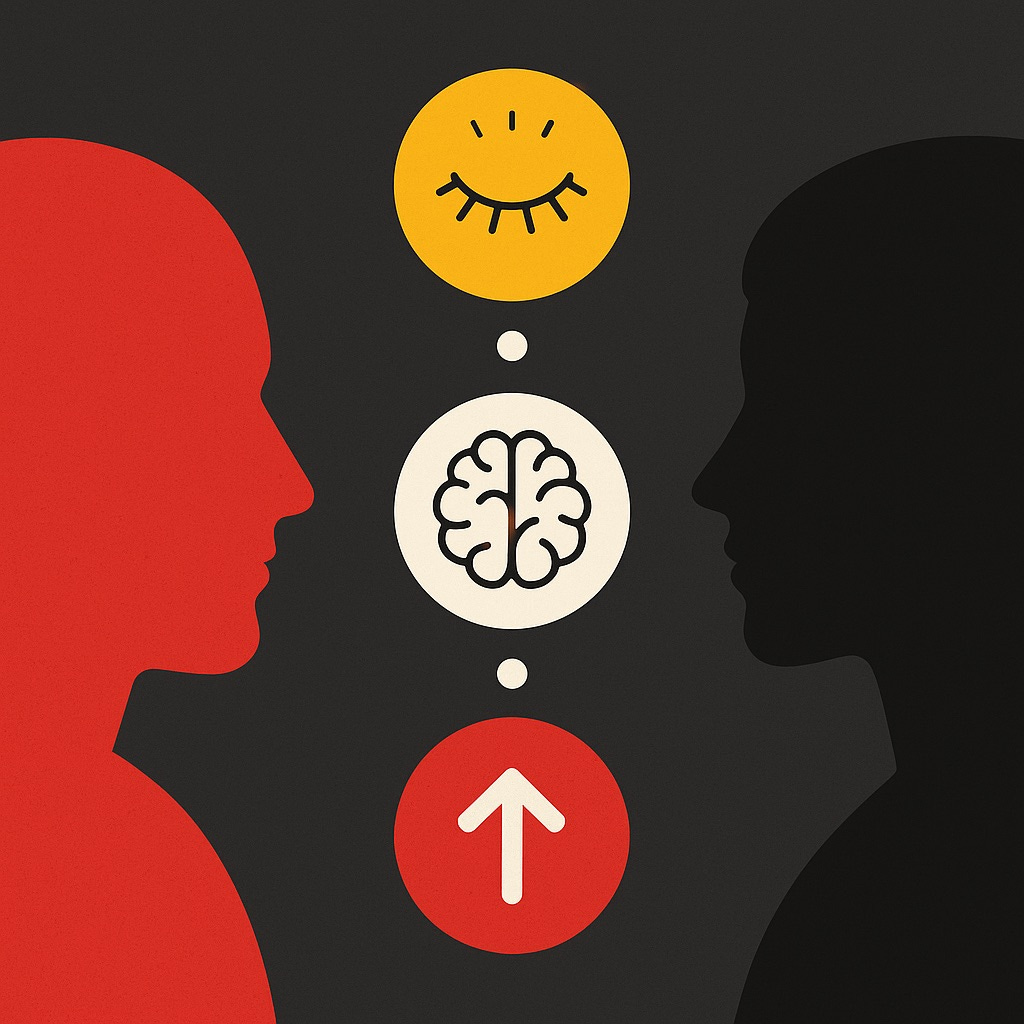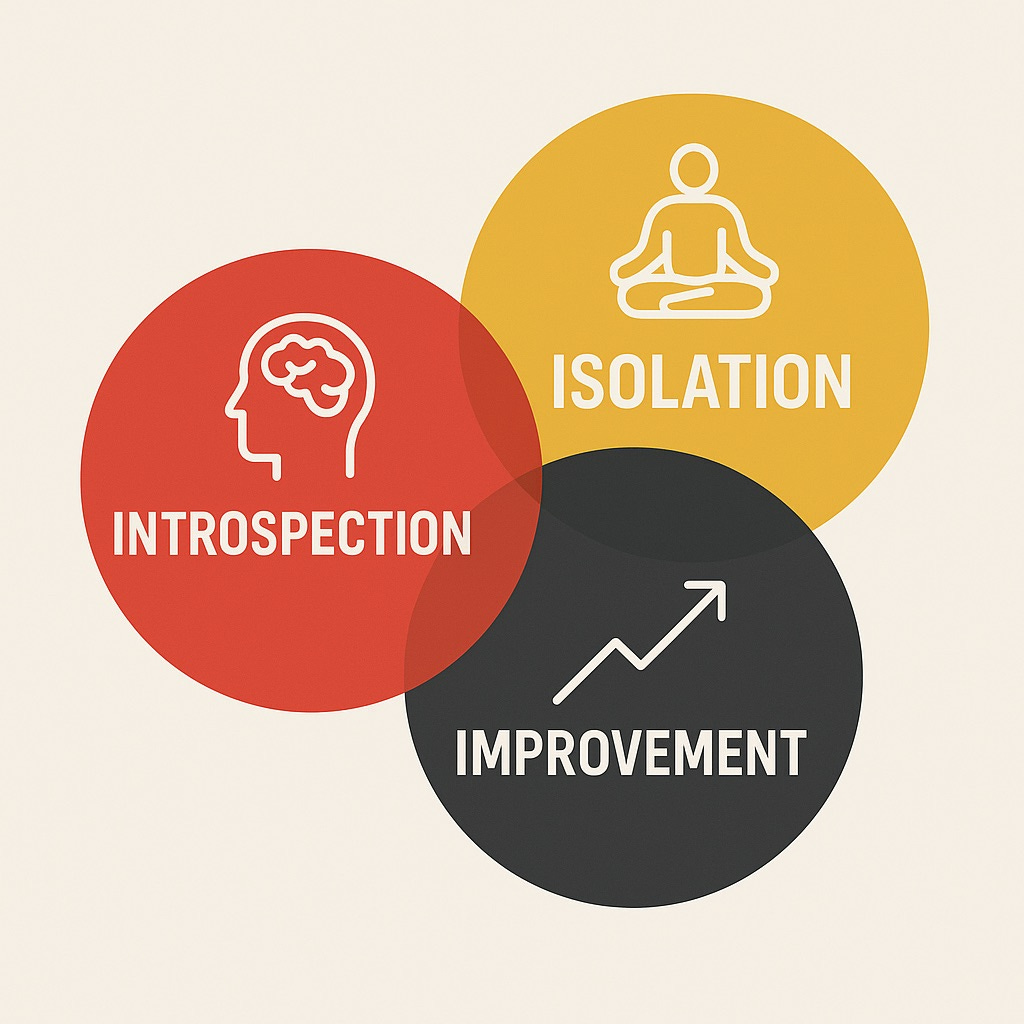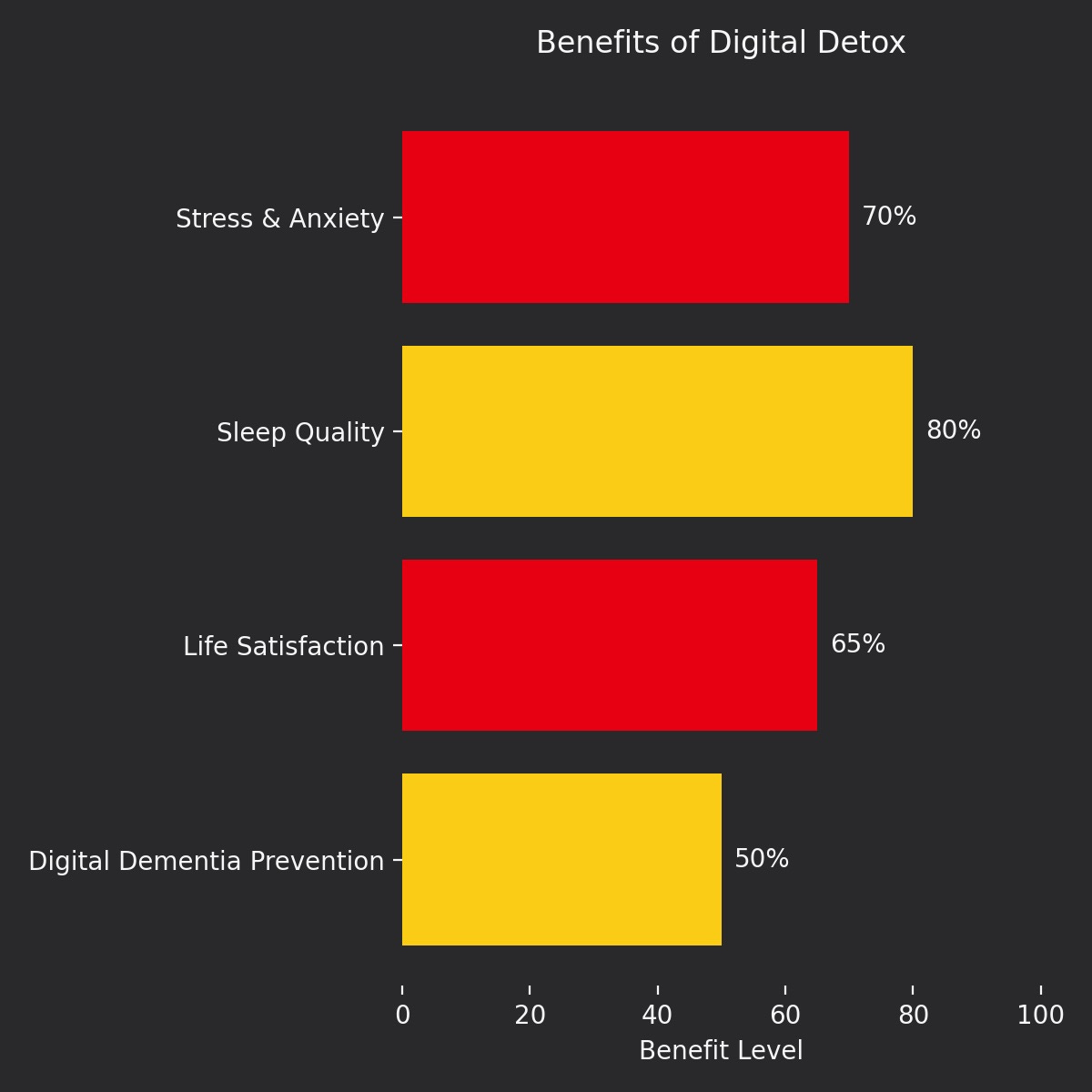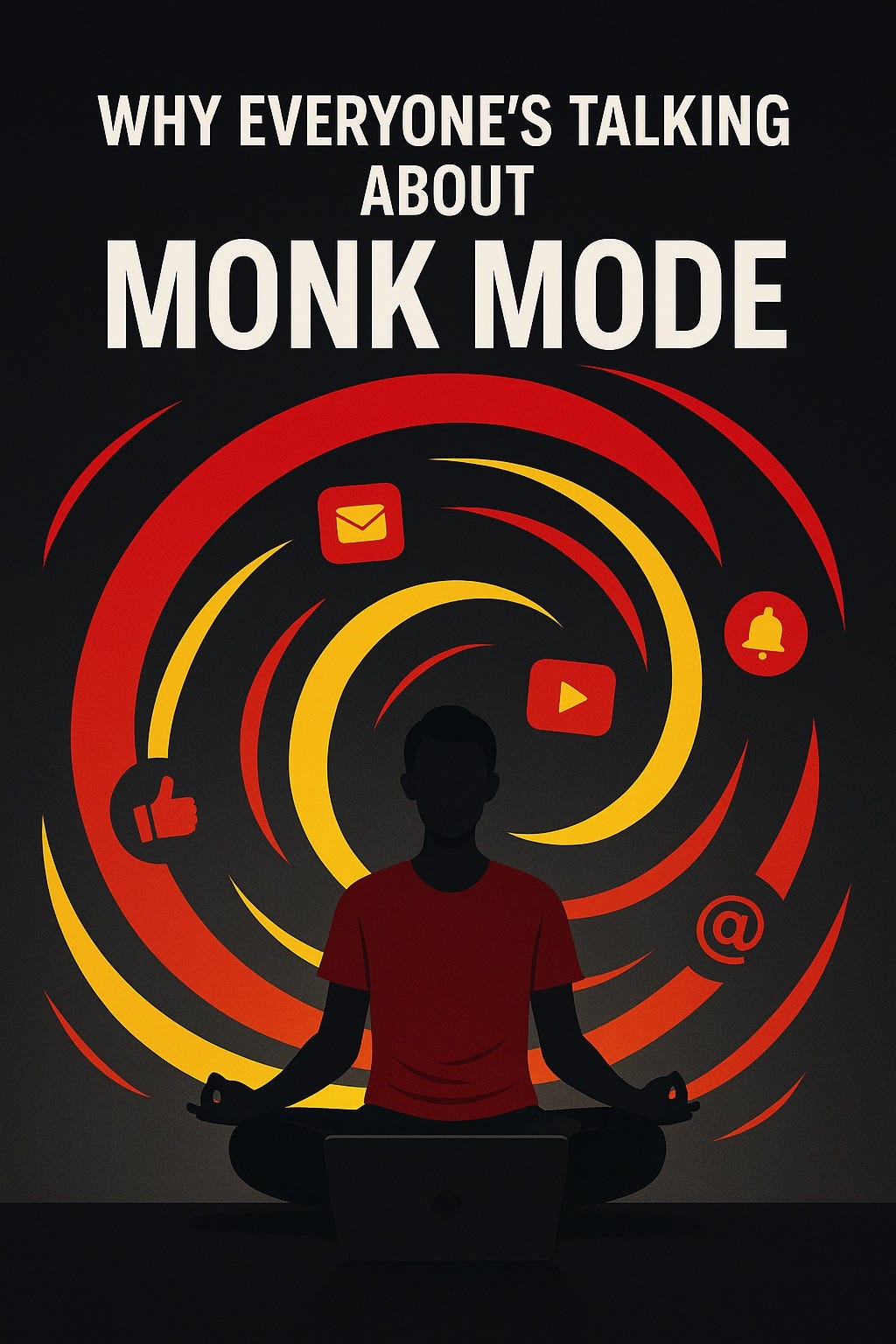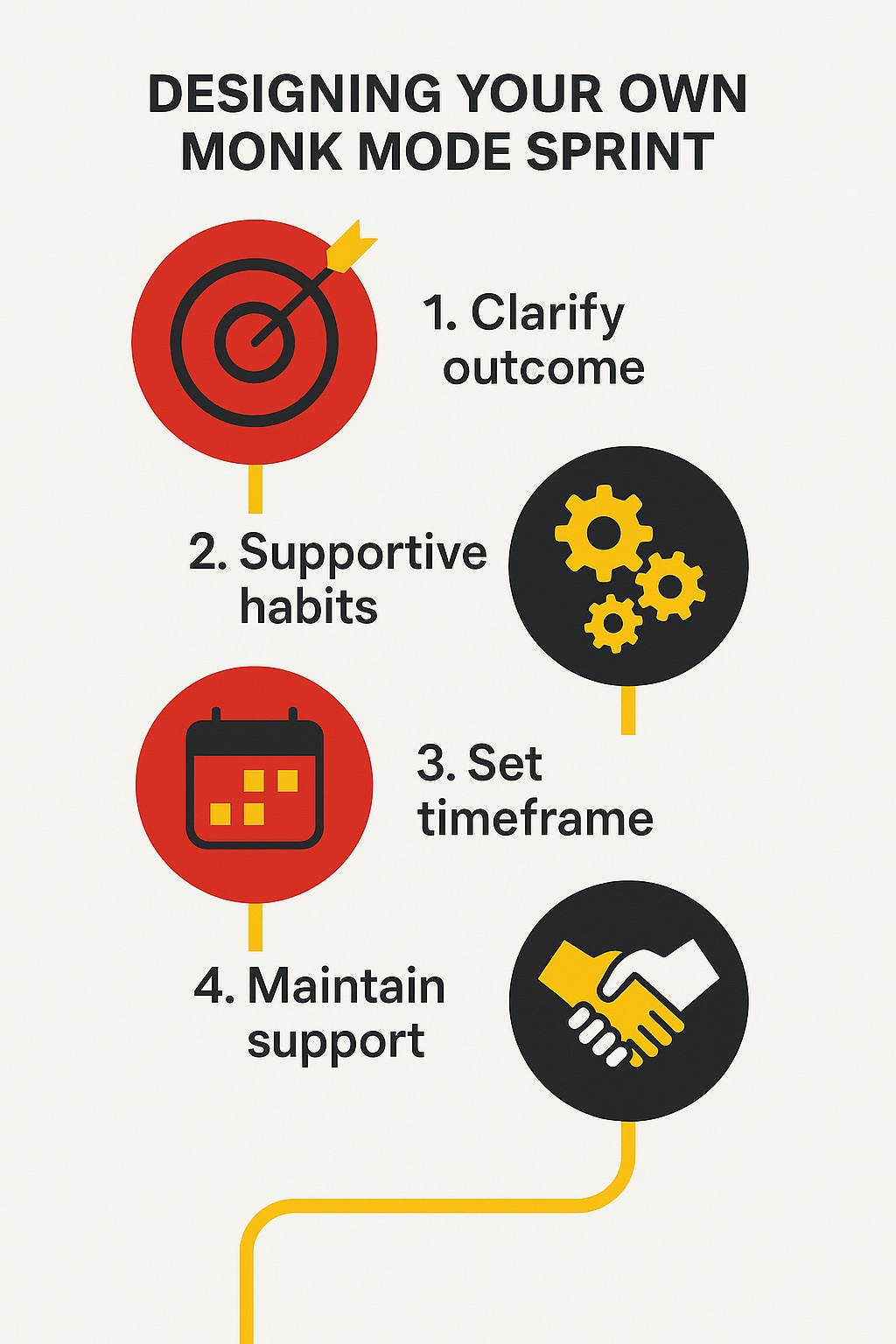Monk Mode: Mastering Deep Focus
A skeptical‑optimistic guide to harnessing monk mode for sustainable productivity without sacrificing mental health or relationships.
Scroll through your YouTube or TikTok feeds and you’ll see a wave of videos about “going monk mode.” Twenty‑something founders announce their 90‑day disappearances. Influencers film themselves deleting social apps or locking their phones in tiny cages. Twitter threads promise to reveal the secret routine that turns you into a shipping machine.
Why the hype? Because we’re drowning in distraction. One scroll leads to another, Slack pings compete with email notifications, and meetings pack our calendars while evenings blur into binge‑watching. When a productivity hack promises to cut through the noise, it feels like salvation — the idea of carving out a protected bubble of deep focus is intoxicating.
“You don’t need to disappear from your life to reap the rewards of deep work.”
Some proponents even argue that you can compress six months of progress into six weeks by entering a short, intense monk mode sprint. As a founder and writer who has experimented with deliberate focus for more than a decade, I’ve learned that reality is far more nuanced.
This piece is my skeptical‑optimistic take — part story, part research and part how‑to guide — on using extreme focus responsibly. I’ll share the proven benefits and the overlooked risks, trace the origins of the concept, and outline a practical plan you can adapt to your own goals. Most importantly, you’ll see that deep work doesn’t require you to vanish from your life; it’s about reclaiming your attention without sacrificing your relationships or mental health.
A Brief History: From Monks to Modern Hustlers
The idea of temporarily withdrawing from distractions has deep roots. Monastic traditions across cultures used isolation and disciplined routines to cultivate clarity — think cloistered monks copying manuscripts or hermits meditating in caves.
In the digital age, writer Cal Newport reframed that ethic for knowledge work. His popular Monk Mode Morning encourages professionals to shield the early hours of each day from meetings, calls or internet use. By treating the morning as sacred time for deep work, you avoid decision fatigue and bank several hours of progress before reacting to messages.
As the concept spread on social media, it morphed from a simple deep‑work routine into a multi‑week challenge. Influencers introduced long lists of “rules” — daily meditation, strict diets, abstaining from socialising — and some even disappeared from the internet for months. Unfortunately, much of the nuance in Newport’s idea was lost amid viral dopamine‑fast challenges. To use monk mode responsibly, we need to return to its essence: focused attention and intentional habits, not performative self‑denial.
What Does Monk Mode Really Look Like?
At its core, monk mode is simply a time‑boxed commitment to eliminate distractions so you can make faster progress on a single goal. Practitioners strip away stimuli — from social media and compulsive news consumption to video games and mindless TV — so bandwidth is freed for what matters.
Most guides boil this down to an elimination list:
Social media and doom‑scrolling
Compulsive news or feed refreshes
Video games and mindless TV
Often alcohol, junk food and casual dating
A useful framework from Simply Schedule Appointments summarises monk mode with three “I’s”: introspection, isolation and improvement.
Introspection means turning inward to examine your thoughts and emotions; this reflection helps you identify weaknesses and clarify what you truly want.
Isolation involves giving yourself space, both physically and psychologically, to focus on your priorities without social obligations; you step away from constant notifications and other people.
Improvement is about action: formulating and following a plan to build the skill, product or habit you care about.
Practitioners often adopt a suite of non‑negotiable habits: meditation to cultivate focus, exercise to anchor the day and a simplified diet. A digital detox component is common — phone in airplane mode, social apps deleted and email checked only during specific windows. Some people even avoid socialising altogether, although as we’ll see that can backfire.
To understand why monk mode can feel extreme, imagine a day structured almost hour by hour. One popular guide suggests waking up before dawn, meditating, alternating two‑hour work blocks with stretching and meals, and going to bed early. While such rigidity isn’t necessary for most people, it highlights how the practice centres on routine and the removal of optional distractions.
The Science and Benefits Behind Deep Focus
The monastic branding may be trendy, but the evidence for periods of deep focus is strong. In Deep Work, Cal Newport synthesises decades of cognitive science showing that undistracted effort is how humans build skills and create high‑value outcomes. Concentrated practice literally rewires your brain’s myelin sheaths, improving neural efficiency. Short spurts of focus also trigger flow states, which psychologist Mihaly Csikszentmihalyi found to be among the most enjoyable and productive experiences humans can have.
On the well‑being side, digital detox research backs the benefits of cutting back on devices. A 2025 review covered by Medical News Today reports that a digital detox can:
Lower boredom and reduce stress, depression and anxiety
Improve self‑control and sleep
Increase overall life satisfaction
Prevent “digital dementia,” which links excessive screen use to memory loss and attention deficits
Another study limiting adults’ social media use to 30 minutes per day for two weeks found that participants continued to use their phones less afterward and experienced better sleep quality.
“Compressing your priorities down to one project and cutting out social noise unlocks a surprising amount of momentum.”
There are also anecdotal benefits. Many founders credit periods of deep isolation with birthing their most creative ideas or shipping projects that had languished for months. In Niels Bohrmann’s comprehensive guide, he likens monk mode to training camps in professional sports, military boot camps or NASA astronaut prep — environments where short bursts of intense focus accelerate learning. As someone who has run my own 30‑day focus sprints, I can attest that compressing your priorities down to one project and cutting out social noise unlocks a surprising amount of momentum.
The Hidden Costs of Extreme Isolation
Mainstream monk mode narratives rarely acknowledge the psychological and social downsides. What happens to your mental health and relationships when you disappear for months?
Extended isolation can harm well‑being. Bohrmann notes that foregoing social events may lead to loneliness; for some people even a few days without friends feels like hell.
He encourages making concessions — real monks live in community, so make time for human connection and leave your phone at home. The Simply Schedule Appointments guide flags loneliness, impracticality (you can’t isolate from your kids or spouse) and the need for monk mode to remain temporary.
“Real monks live in community, so make time for human connection.”
Digital detox research also warns that people on a detox may feel alienated or crave their phones; there’s no guarantee that everyone’s stress or life satisfaction will improve. Burnout is another risk. The promise of “beasting” through 90 days can cause people to swing from over‑committing to crashing.
That’s why the same guide recommends pacing yourself, starting small and choosing the intensity and duration that suit your capacity. Extreme deprivation can exacerbate underlying addictions; Bohrmann cautions that using monk mode to quit a bad habit without support can backfire.
Finally, there’s the risk of shrinking your network. Cutting everyone out for months may help you finish a project, but it can weaken relationships that open doors later. A balanced focus strategy should therefore include deliberate social check‑ins and gentle re‑entry.
Designing Your Own Monk Mode Sprint
After experimenting with a dozen variations, I’ve concluded that the best monk mode sprint is one you design yourself. The goal is not to mimic someone else’s Instagram reel; it’s to create a container that compresses progress without breaking you.
1. Clarify one specific outcome
Monk mode is about extreme focus, not doing more things. Pick a single high‑impact goal that can benefit from deep work — writing a chapter of your book, finishing a coding side project, applying to 300 jobs or hitting a sales target. Make the goal tangible and time‑bound. Niels Bohrmann stresses that only a clear purpose will help you handle the isolation and avoid spreading yourself thin. Ask yourself: if I could accomplish just one thing in the next 30 days, what would make the biggest difference?
2. Pick a few supportive habits and build systems
Decide on two or three daily habits that directly support your goal. They could be as simple as writing for a set period each morning, meditating for a few minutes to clear your mind or exercising to maintain energy. Don’t overload the list; start small and build gradually.
Rather than relying on willpower, create guardrails. Block distracting websites using internet blockers or built‑in focus modes, set your phone to airplane mode during deep work, and schedule sessions on your calendar so colleagues know not to interrupt. If you tend to refresh feeds reflexively, log out or delete apps. Physical timers or Pomodoro cycles can help you break tasks into manageable chunks.
3. Set a start and end date, plus checkpoints
Shorter sprints reduce the risk of burnout and social fallout. Cal Newport’s monk mode morning is just a daily block before noon; you can start there. If you want to go deeper, aim for a 30‑day sprint. The Simply Schedule Appointments guide compares monk mode to fasting: you can practise it short‑term (30 days or less) or long‑term, but extended periods require more preparation.
Build in weekly reviews to assess what’s working and adjust. Importantly, plan your re‑entry — schedule a social catch‑up or mini vacation at the end so you don’t fall into a productivity guilt cycle.
4. Maintain social support
Monk mode shouldn’t mean monastic solitude. Schedule regular check‑ins with a friend or accountability partner. Use your deep‑work blocks to focus, then intentionally engage with your community outside of them. Bohrmann recommends meeting a friend for a walk and leaving phones at home to enjoy each other’s company. At minimum, let the people closest to you know what you’re doing and ask for their support; this reduces misunderstandings and gives you external accountability.
Alternatives and Moderation
For many Gen Z and millennial professionals, disappearing for three months is unrealistic. Kids, partners, jobs and mental health constraints demand flexibility. The good news? You don’t need to go full hermit to tap the benefits of deep work.
Monk mode mornings. Cal Newport’s original idea offers a sustainable entry point. Dedicate the first few hours of your day to focused work with no meetings, calls or internet. After lunch you can return to normal communication. This daily rhythm of deep work delivers many benefits without drastic changes.
Micro‑sprints. Instead of a 90‑day disappearance, try a week‑long sprint or a series of two‑hour blocks. Simply Schedule Appointments suggests hourly, weekly, seasonal or intermittent plans. Blocking out a Friday afternoon for side projects or spending one weekend per month coding uninterrupted can produce meaningful progress.
Stay connected. Throughout any focus sprint, prioritise a handful of social touchpoints. Text a friend, have dinner with your partner or call family. These simple acts preserve your support network and prevent the isolation that undermines many monk mode experiments. Remember that deliberate attention sometimes means giving someone your full presence.
Conclusion: Borrow the Discipline, Skip the Dogma
In an age of infinite scroll, the appeal of monk mode is understandable. Eliminating distractions can feel like reclaiming your brain. But viral challenges often oversimplify the practice and ignore the costs. Real deep work is less about punishment and more about intention.
When you design a sprint around a single goal, choose a few supportive habits, build systems to protect your attention and stay connected to your community, you can compress months of progress into weeks without burning out. Experiment thoughtfully: try a monk mode morning for a week, build a weekend micro‑sprint, or schedule a 30‑day focus challenge with clear boundaries and a re‑entry plan.
“Borrow what serves you, skip the dogma and keep your relationships and mental health front and centre.”
Above all, remember that you are not your productivity. The discipline of monk mode can be a powerful tool in your arsenal, but it’s not a personality. Borrow what serves you, skip the dogma and keep your relationships and mental health front and centre. That’s the path to sustained, meaningful progress.
--
Thank you for reading my take on monk mode and finding balance in deep work. I hope this guide helps you shape your own focus sprint while keeping relationships and mental health at the forefront. If you enjoyed this piece and want more insights like it, please consider subscribing to stay updated on future posts.
— Brian



